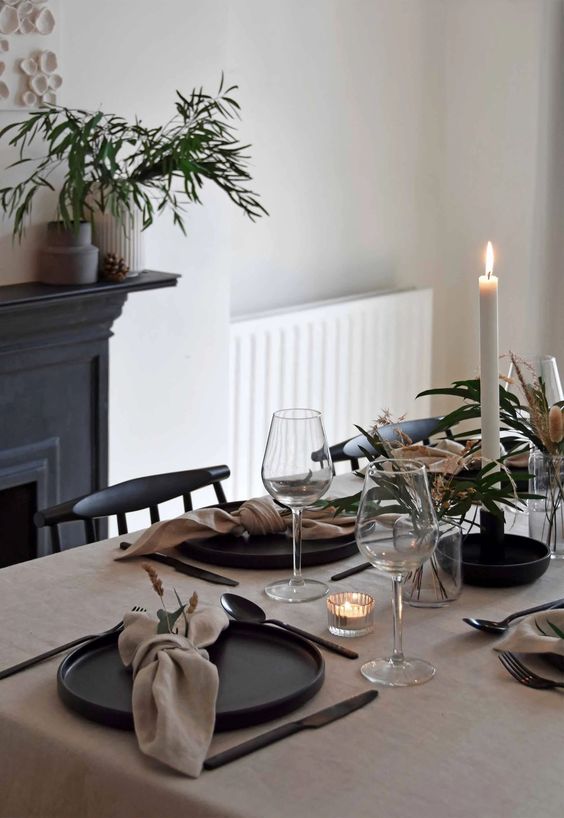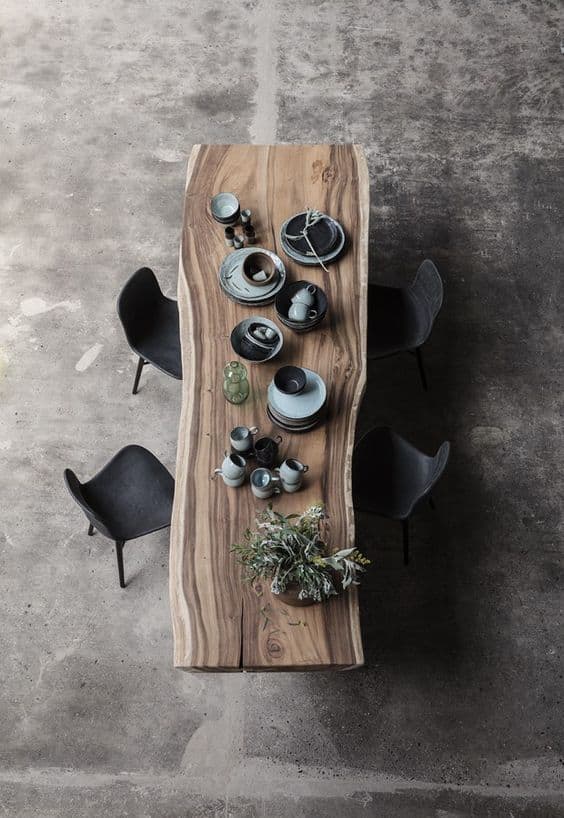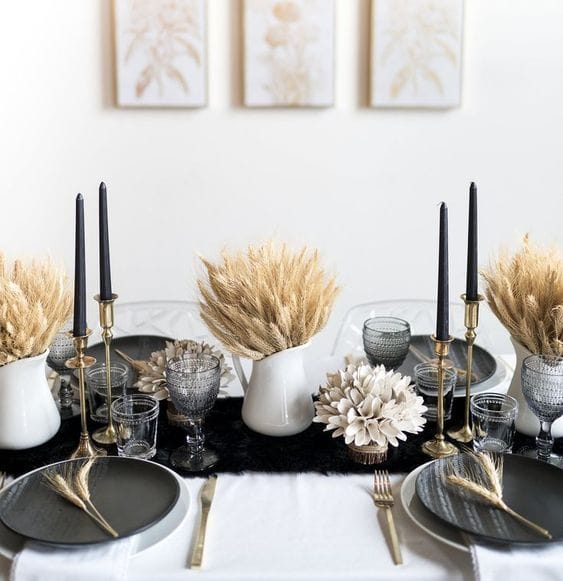The dining table is the heart of any home – a place where family and friends gather to share meals, stories, and laughter. As such, designing the perfect dining table is crucial to create a warm and inviting atmosphere that not only complements your interior decor but also serves its functional purpose. Striking the right balance between aesthetics and functionality can seem like a daunting task, but with these three essential tips, you’ll be well on your way to crafting a dining experience that is both visually appealing and practical.
-
Define Your Style and Space
Before diving into the design process, it’s essential to identify your personal style and the space available. Take a step back and envision the overall ambiance you wish to create in your dining area. Do you prefer a modern and minimalistic look or a more traditional and rustic feel? Understanding your preferences will guide your choices and help you select the perfect dining table that complements your existing decor.
Additionally, consider the dimensions and layout of your dining space. Measure the area to ensure you choose a table size that allows ample space for guests to sit comfortably and maneuver around the table. If your space is limited, consider opting for a round or extendable table that can adapt to different seating arrangements while saving space.
-
Material Matters: Durability and Aesthetics
The choice of material is a critical factor in achieving the perfect balance between aesthetics and functionality. Different materials not only lend distinct visual appeals but also vary in durability and maintenance requirements. Here are some popular materials to consider:
- Wood: Timeless and versatile, wood adds a warm and natural charm to any dining area. Hardwoods like oak, walnut, and maple are durable and resistant to wear, making them suitable for long-lasting use. Look for a finish that complements your interior style and protects the wood from spills and scratches.
- Glass: For a contemporary and airy feel, glass-topped dining tables are an excellent choice. They reflect light and create space, perfect for smaller rooms. Keep in mind that glass tables may require more frequent cleaning to maintain their sparkle.
- Metal: If you’re aiming for an industrial or modern aesthetic, metal tables can be a great option. Look for sturdy metal frames with durable finishes to ensure longevity.
- Combinations: Don’t be afraid to mix materials for a unique look. Combining wood and metal, or glass and wood, can create an eye-catching design that combines the best of both worlds.
-
Consider Functionality and Features
While aesthetics play a vital role, functionality should not be overlooked when designing your dining table. Consider the following features to enhance the table’s usability:
- Extendable Options: An extendable dining table is a practical solution for accommodating extra guests during gatherings or dinner parties. It offers flexibility without compromising on style.
- Storage Solutions: Some dining tables come with built-in storage, such as shelves or drawers, which can be handy for keeping extra dinnerware, linens, or other dining essentials within easy reach.
- Comfortable Seating: The chairs you pair with your dining table are equally important. Ensure they are ergonomically designed, comfortable, and match the overall aesthetic of the table.
- Maintenance and Cleaning: Opt for finishes and materials that are easy to clean and maintain, especially if you have a busy household or frequently entertain guests.
So, let your creativity flow, and embark on this exciting journey of crafting a dining experience that truly reflects your personality and brings joy to everyone around the table.

















